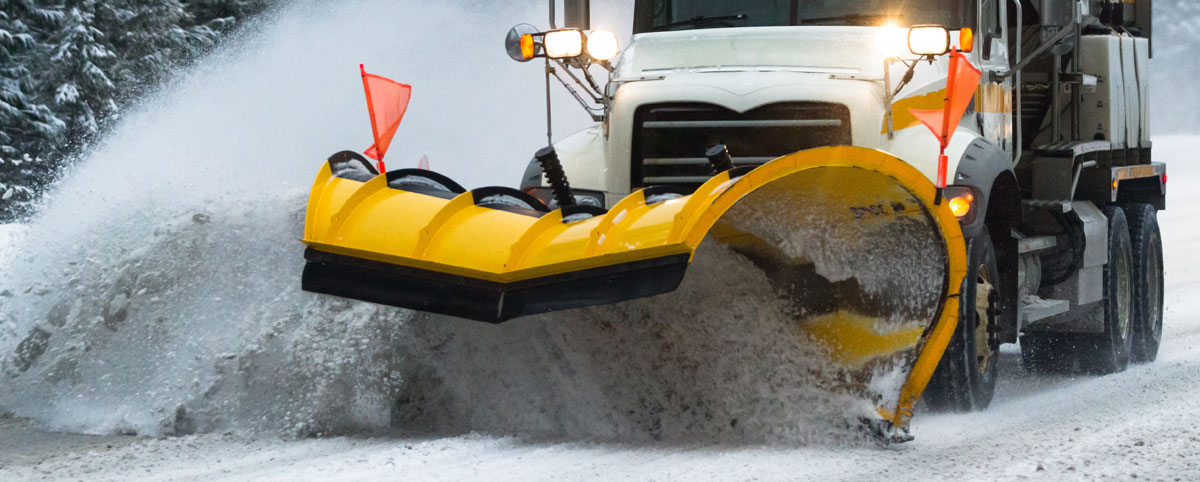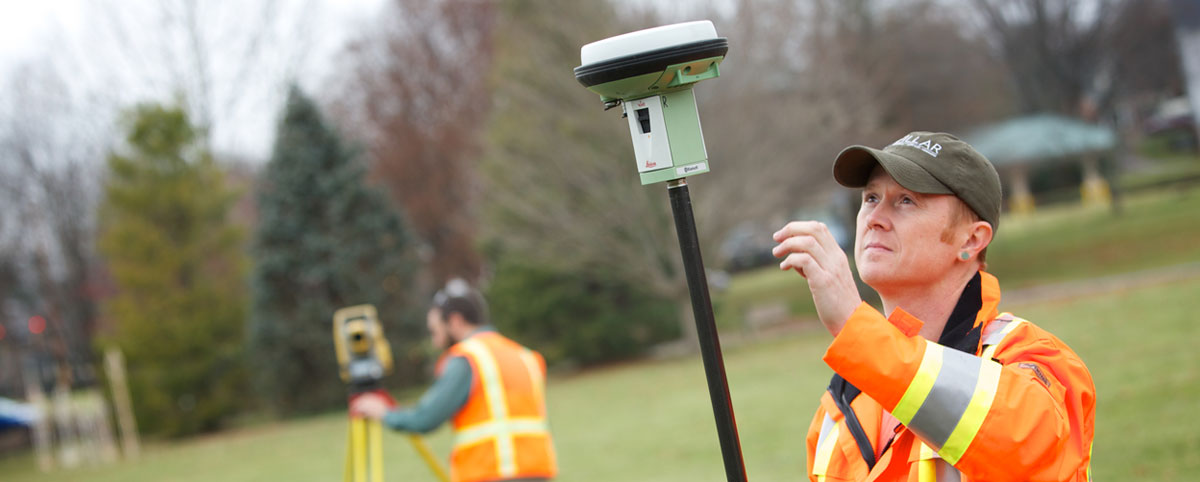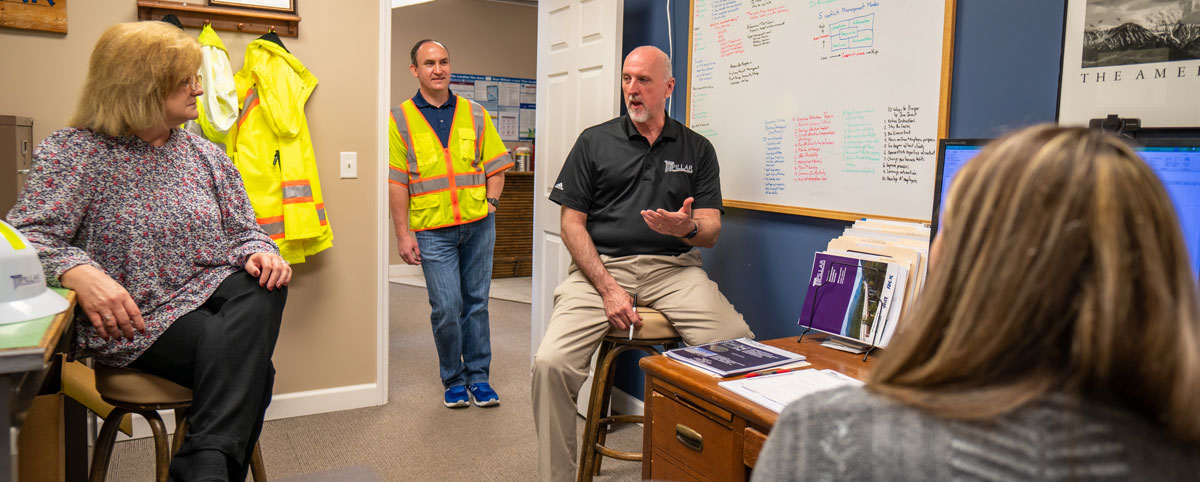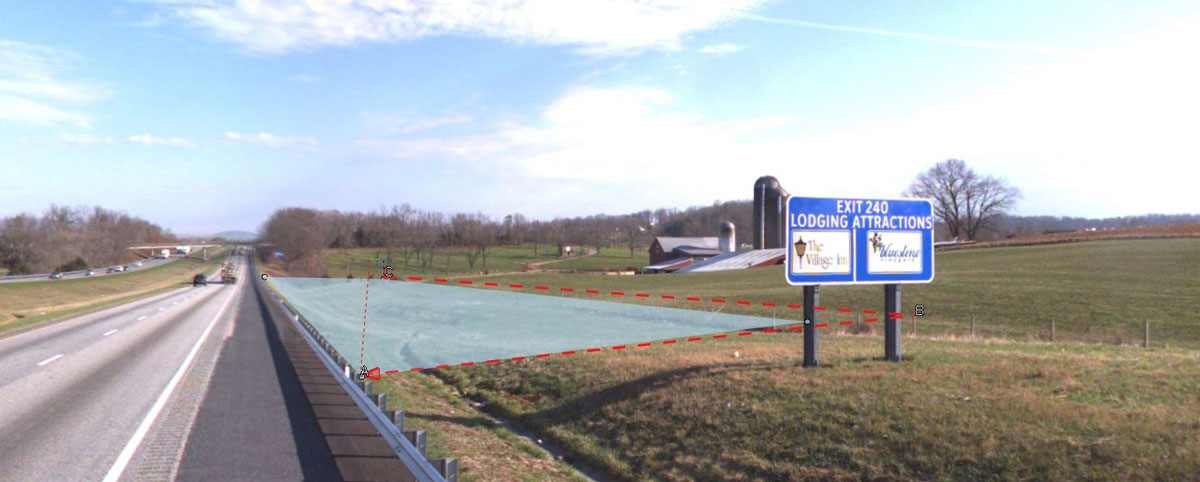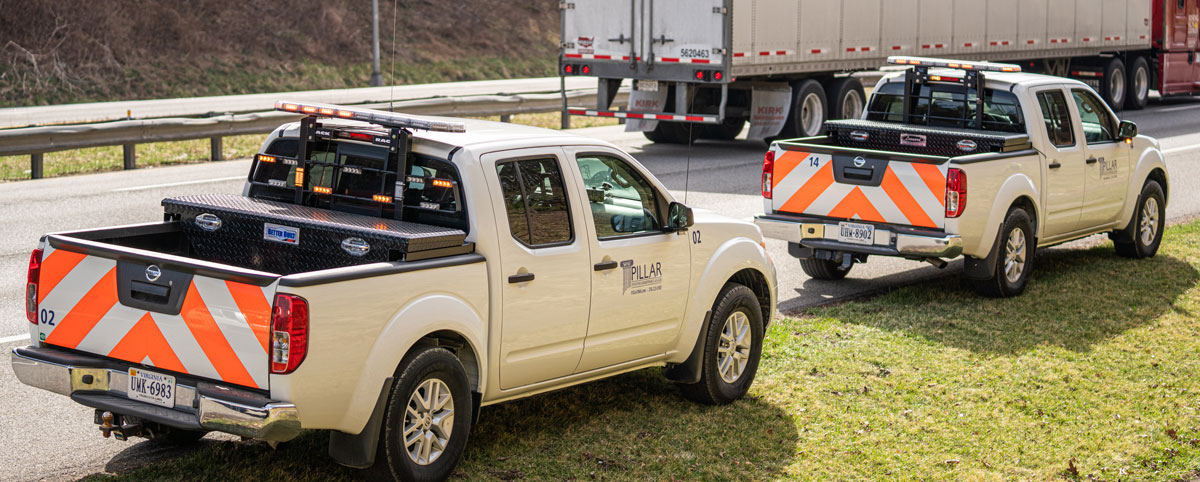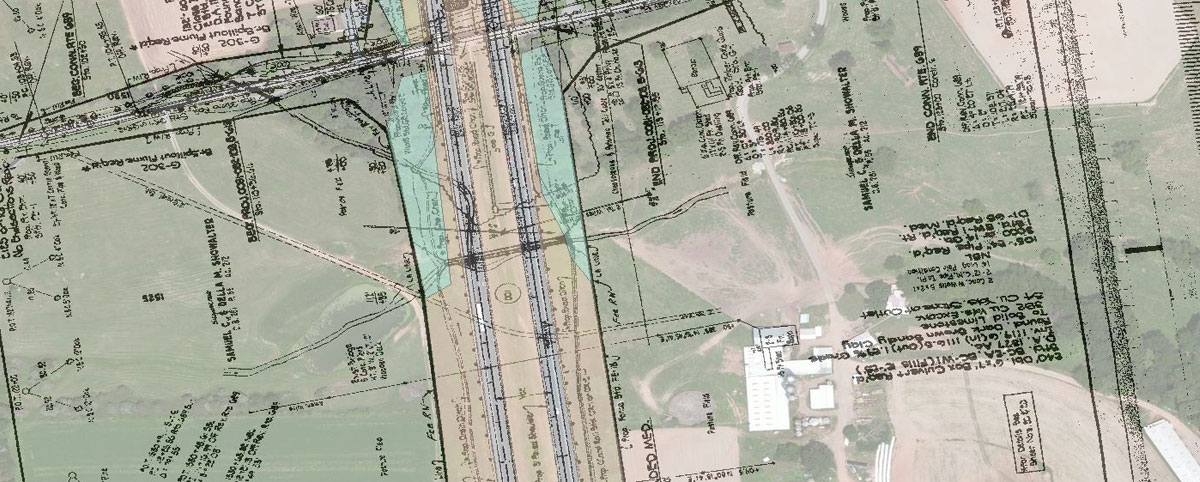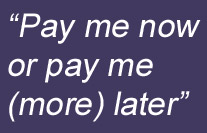PILLAR demonstrated its commitment to environmental issues by sponsoring a storm water program for the Leadership Roanoke Valley.
Mark Boenke, President of PILLAR, agreed to sponsor the event that educated Roanoke citizens about the operations and maintenance of stormwater runoff.
The event was based around the following objectives:
- Recognize the challenges that the Roanoke-area has with storm water infrastructure
- Identify the roles government, citizens and businesses have in storm water management
- Apply mitigation strategies in attendees’ personal and professional spheres of influence
Here are several facts about Roanoke’s storm water runoff system:
- 774 storm drain outfalls in the city empty runoff (trash, oil, sediment makes its way into streams) directly into streams
- A 1,600 square-foot home sheds almost 1,000 gallons of water in a 1” rainfall
- The annual runoff from one acre of a paved parking lot generates the same amount as 36 acres of forest or 20 acres of grassland
- More than 1,400 tons of debris was removed from the city’s streets in 2017
Properly managing water runoff to protect the environment is one area that PILLAR is particularly passionate about. The company’s staff regularly helps its clients lengthen the life of storm water systems for highways, municipalities and public-private partnership projects.
Leadership Roanoke Valley was created in 1983 to foster community leadership in the region. The interactive 10-month program encourages participants to use creative ideas and approaches to address business and community issues.


